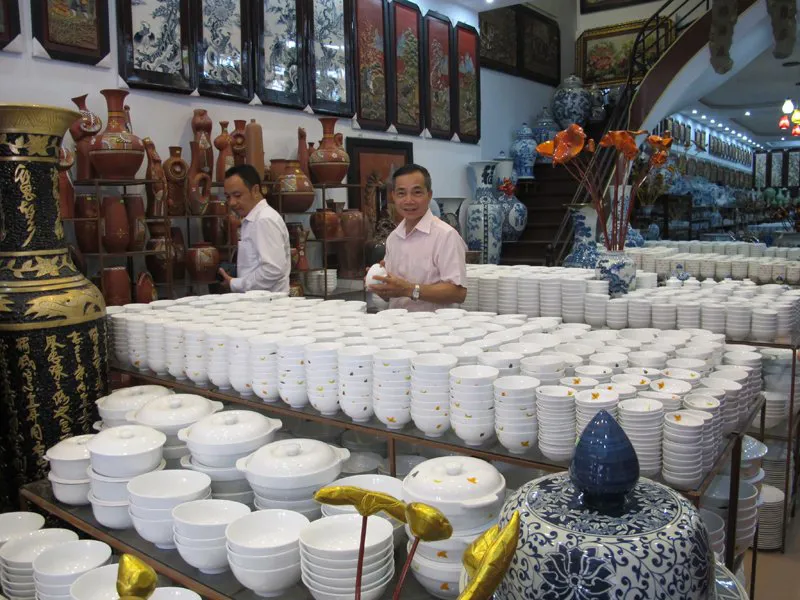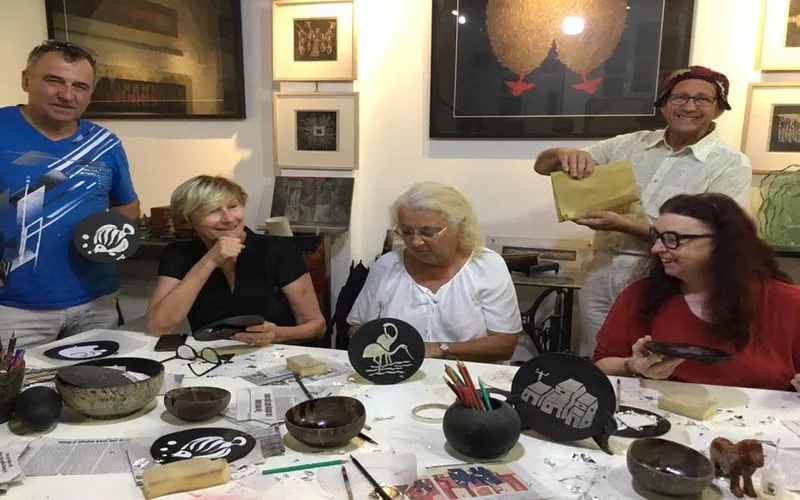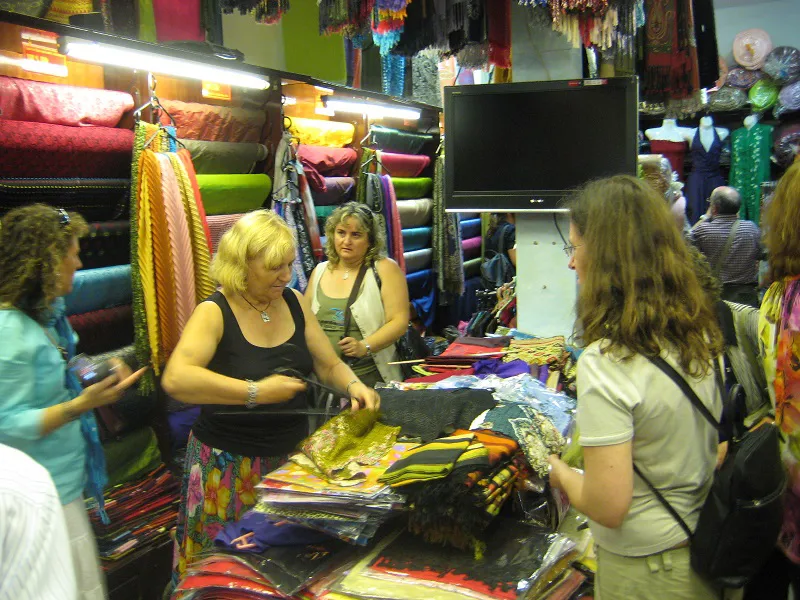Hanoi's expo honors Vietnam's natural heritage values
The exhibition helps to highlight the responsibility, patriotism and pride of the Vietnamese people, especially the younger generation, in the country's natural heritage.
An exhibition themed “Green Heritage Tourism Culture Week - A place of encounter for people and nature” to take place later this month will promote Vietnam's natural heritage recognized by the United Nations Educational Scientific and Cultural Organization (UNESCO).
The event to take place in Hanoi between November 21 and 25, which also celebrates Vietnam Heritage Day [November 23], is aimed to honor Vietnam's natural heritage and help localities to exchange experiences in preserving the value of natural heritage.
The exhibition contributes to highlighting the country's natural heritage and increasing the community's awareness and responsibility in conserving biodiversity and the natural environment, reducing the adverse impacts of climate change.
The exhibition entitled "Vietnam's Cultural Heritage, Tourism and Traditional Handicrafts" will showcase products from ten typical Vietnamese craft villages, including three from Hanoi, namely Bat Trang pottery, Ha Thai mosaic and lacquerware, and Van Phuc silk.
Bat Trang, cradle of ceramics in Vietnam
The traditional handicraft village of Bat Trang, about 13 kilometers southeast of downtown Hanoi, is famous for making high-quality pottery and ceramic products.
A stall in Bat Trang sells a variety of items, diverse in types, colors and sizes. Photo: Pham Hung/ The Hanoi Times |
Founded in the 14th century, the village is considered the cradle of pottery in Vietnam and famous for a wide rane of pottery products and attracts the attention of many local and foreign tourists.
According to village artisans, the most popular themes of Bat Trang products are dragon, phoenix, couplets, rural landscape and people, reflecting the spirituality and philosophy of the Vietnamese people.
These motifs are applied with exquisiteness and skill, which makes Bat Trang pottery distinguishable from the products of other pottery villages.
Bat Trang ceramic village products have been highly valued for their quality, diverse designs, and varieties, divided into functional groups such as domestic pottery, worship ware, construction pottery and decorative pottery.
Just before the pandemic, the number of travelers to Bat Trang was estimated at around 200,000 per year, of them, foreign visitors accounted for 10%, and students and teenagers made up 40%. In the high season, Bat Trang welcomed nearly 10,000 visitors per day.
In the coming time, the locality will take heed of coordinating with other units to design new tourism products, getting ready to welcome domestic and international visitors.
Ha Thai lacquer village
About 20 kilometers south of downtown Hanoi and located in the Duyen Thai neighborhood of Thuong Tin district, the traditional handicraft village of Ha Thai is famous for making lacquerware. It has established itself among the most famous handicraft villages in Vietnam, and most of its products are exported.
Foreigners visit a lacquer ware shop in Ha Thai traditional craft village. Photo: Phuong Linh |
Ha Thai's lacquerware is special, thanks to its craftsmen's ability to create soft and vivid patterns on the products. In addition to the traditional technique passed down from their ancestors, Ha Thai's artisans have created new colors with numerous shades that add value to their products.
Ha Thai lacquerware is not only beautiful, shiny and durable, but also shows the creativity of talented craftsmen, who have satisfied the demands of customers both at home and abroad.
For many years, Ha Thai has been a prestigious address among foreign customers. The local craftsmen have found their own way to export their products to many countries such as the UK, France, Russia, the US, Spain, Australia, Italy, Japan, South Korea, and among others.
The village produces millions of lacquer items with patterns featuring the natural scenery and culture of Vietnam. Its products have been put on shows at many domestic and international handicraft and fine art exhibitions and fairs.
Hanoi’s Van Phuc - oldest silk village in Vietnam
This silk village is 10 kilometers southwest of Hanoi and is located on the bank of the Nhue River. It is famous for traditional silk trade and high quality products, making it one of the most visited craft villages in the country.
Foreign tourists buy silk products in Van Phuc village. Photo: Duy Khanh/ The Hanoi Times |
Established more than a century ago, this quiet village is home to huge banyan trees, wells, communal houses and authentic sericulture where local artisans produce a wide range of garments and souvenirs using traditional looms.
Van Phuc Silk Village is famous for its traditional silk trade and high quality products, making it one of the most visited craft villages in Vietnam, and is known as the oldest silk village in the country.
Van Phuc silk has been sold in the European market since 1931, at an international silk exhibition in Marseille (France), where its silk products gained popularity among merchants thanks to its soft and light texture.
Today, this village not only sells its products in Hanoi, but also exports them to many regions of the world. Generations of master weavers have turned the village into a national brand.













